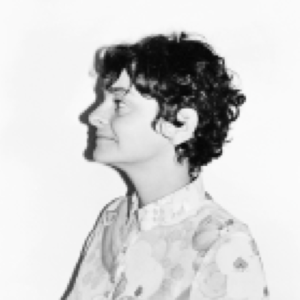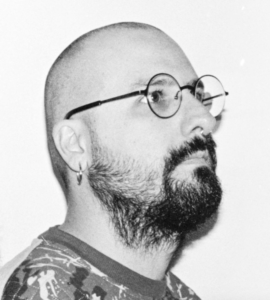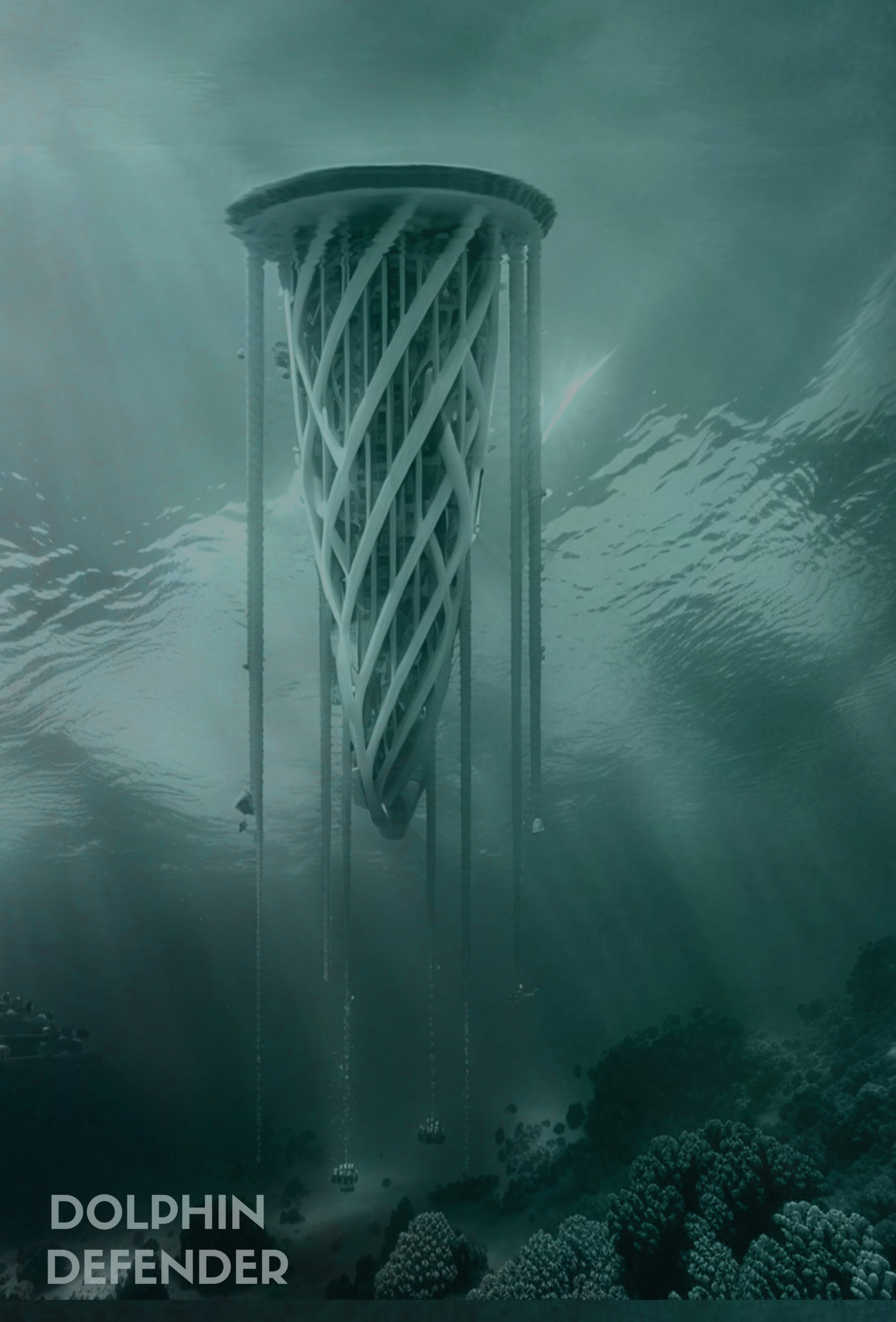
Credits: Julie Kim and Michael Lau, Multiscalar PostNatural Marine Landscapes, GSAPP Spring 2023
An interspecific relationship is the biological interaction that takes place between two or more individuals of different species. Initially conceived to define feeding relationships between different populations, the different types of associations can serve as a model for future (necessarily) multispecies coexistence. The study will focus on detecting situations where these “natural” associations occur harmoniously, that is, where the different communities come out in a beneficial way, but which, currently, are harmed by human action in any of its petro-extract-capitalist aspects. A detailed investigation of the functioning of the interspecies association will serve as a model for the proposal of architectures that, going beyond the modern formal repertoire, propose space-time processes that intervene, not only in the rebalancing of relationships, but in the invention of new forms of coexistence.
Learning Objectives
At course completion the student will:
- Learn to identify the controversies around the certain case of study, the crisis, the disputes, the hegemonies, the distributions of power, the strengths, the challenges, as well as the possibilities of achieving counter-discourses and resistance;
- Learn to use the network of agents involved in the case study as an open toolbox that allows drawing multiple scenarios by manipulating said networks;
- Being able to design a project that includes all the complexity and contradictions of the situation and present proposals that are open to changes in both their social and ecological context over time.









